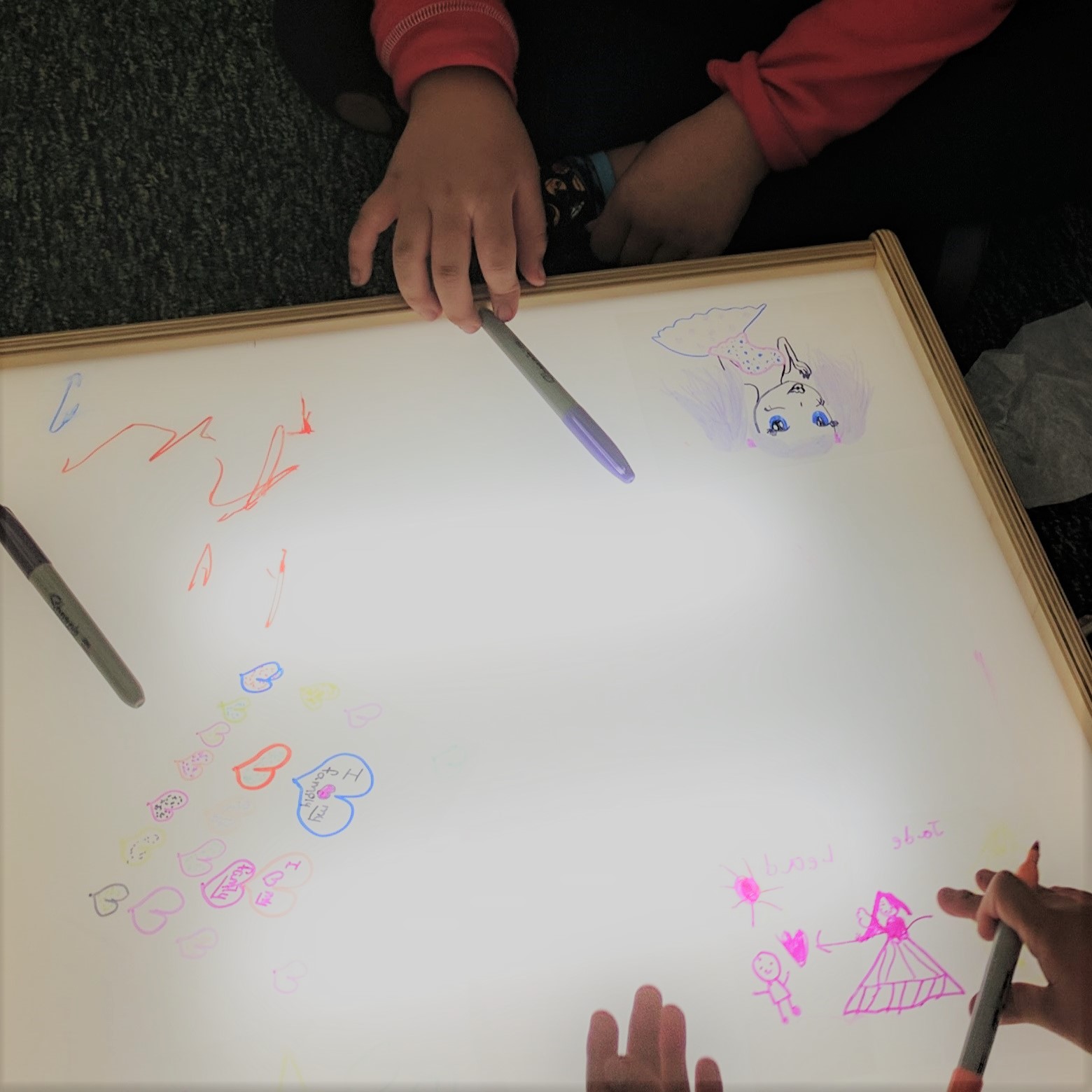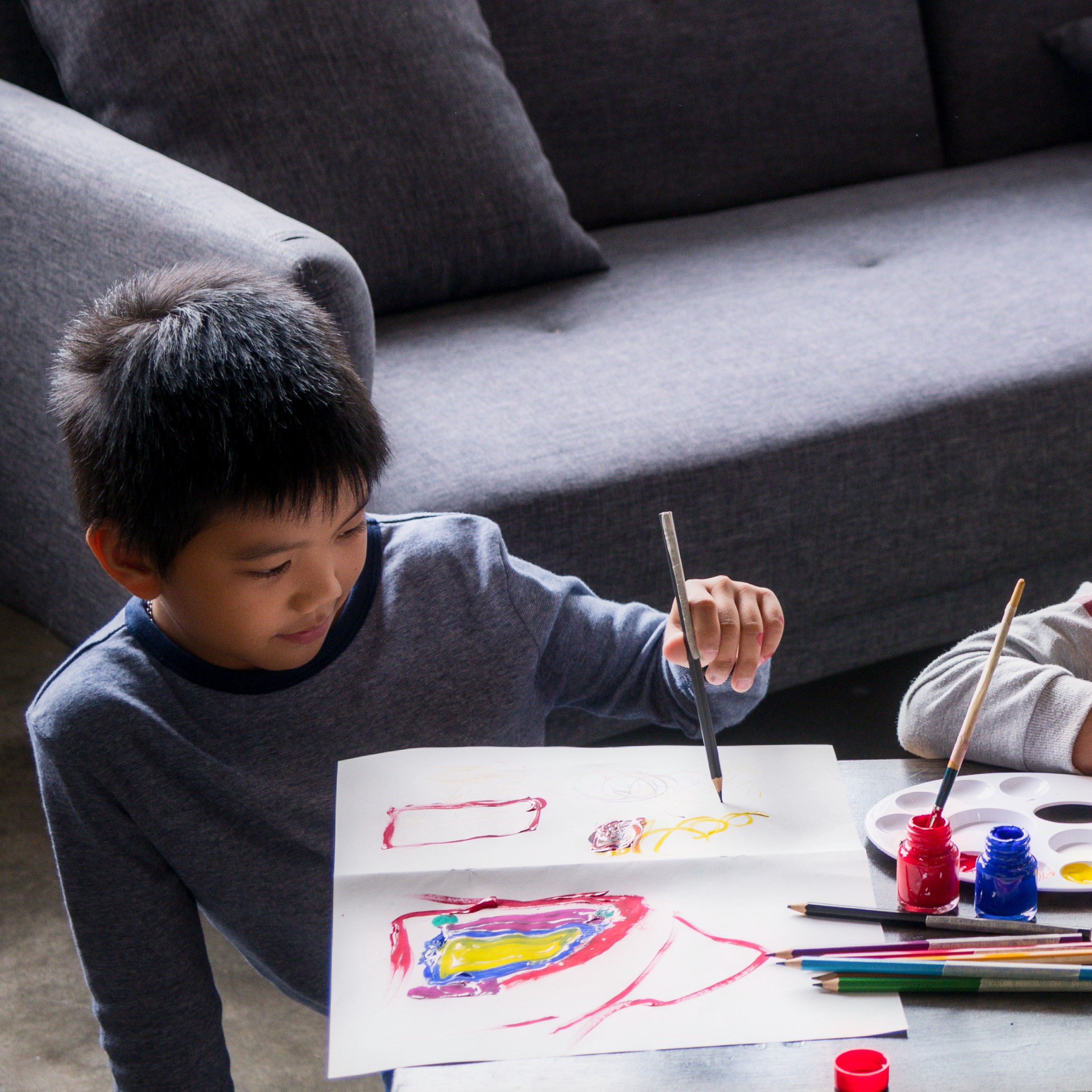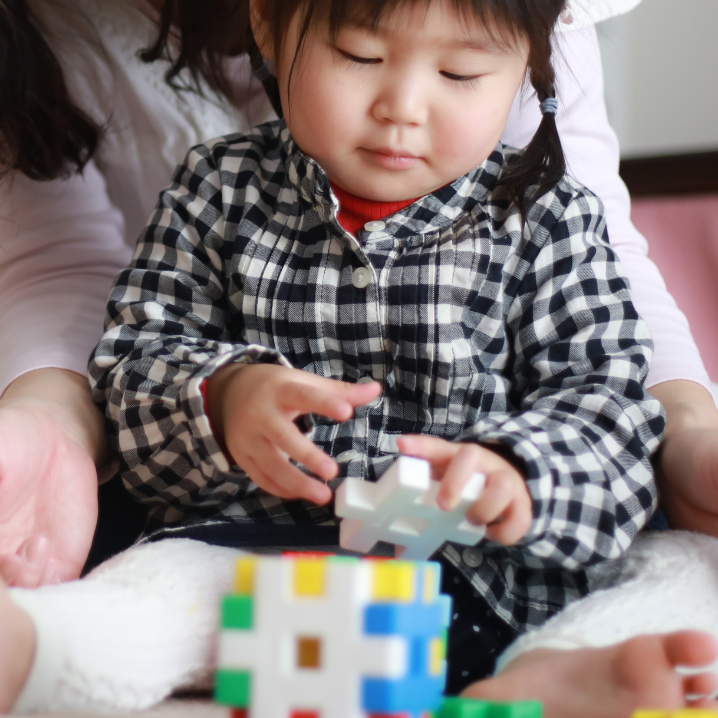Is Cute the Enemy of Quality?
Let’s be honest. Worksheets, cookie cutter craft activities, printables, and plastic manipulatives are widely reviled by early childhood education experts, yet they are widely available and often used in preschool and child care programs. At a recent luncheon with early childhood professional development providers and authors, we tried to sort out why this problem persists and consider why it is so hard to bring the clear messages from research into play in classrooms.
Day in and day out we see posts defending “play based learning” yet, in classrooms, we are seeing limited conversations, low quality play and content-poor activities. Why do these differences exist? Who are the people (teachers, caregivers and administrators) who really do implement developmentally appropriate practice? How are they different from the people who don’t use D.A.P.? Is there a gap in knowledge about what D.A.P means and how it influences lasting learning outcomes? Is there an informed rejection of the D.A.P approach to early education? Are old ways too hard to give up? Are sales pitches from websites and catalogs so irresistible? Do standards, QRIS systems and the Common Core play a role in this discrepancy? Are we wrong to ask these questions? Here are some of the developmentally inappropriate examples we use in our workshops:
A winter project that showed a teacher-cut shape of a giant mitten on which children had glued cotton balls. Doesn’t look like a real mitten, doesn’t function like a real mitten, isn’t made of anything a mitten would be made of. And, even worse, no connection for students that live in warm climates or students who live in the northeastern U.S. where no one needed mittens till after the first of the year. This allows no creativity, no meaning, no learning value and even no potential for play. Doesn’t help children understand winter, doesn’t help them understand mittens. What choices would have been better?
Making “goop” or similar substance with 2-year-olds. It doesn’t mix like anything else you would mix. Has no purpose – can’t be eaten, molded or used so mixing the ingredients doesn’t lead to any understanding. When you’re done – you just throw it away. Teachers have defended this by saying “but we just want the children to experience different things.” Or “sensory”. But the truth is, there are so many real things for them to experience that will help them understand the world around them while also being fun and sensational – why choose this instead of mixing sand and water to make a structure or mixing two colors of paint to make your picture? What choices would have been better?
Dinosaurs. How often do we hear – “Kids love dinosaurs and D.A.P. says we should follow children’s interests!” Very tricky… but kids love a lot of things so you don’t have to pick dinosaurs. What do we have against dinosaurs? They don’t exist. There are so many animals in the child’s real world that could be studied and identified and cared for that would have real world meaning. Why choose dinosaurs that are only seen as plastic toys or cartoons? What choices would have been better?
Handing out black paper and orange paint in October. No choice allowed for children, yet no meaning to the activity. Stripes of orange paint do not help them understand what a pumpkin is or how it grows or what it looks like on the inside. But this is also not art. There is no creativity or independent thought or opportunity for rich, engaging conversation. What choices would have been better?
A poster in 3-year-old class with the sign language alphabet. When children do no yet know any alphabet, hand spelling doesn’t mean anything to them. Pictures of hands in different positions are not going to support “diversity” because they have no relevance for the children nor will they signs be used in the classroom. USING sign language for words like eat, drink, toilet, hurt, more and stop could be a more useful strategy to help children of all languages and abilities understand. What choices could have been better?
Precut red and black ladybug with counting spots. Gluing circles of paper onto other precut paper has no meaning. It may look like a ladybug to an adult, but to a child it is just something to copy for no purpose. Counting the spots has no meaning if there’s no value to the number of spots. What difference does it make if there are two or four? It matters if you have two cookies and your friend gets four. It matters if the puzzle has four spaces but you only have two pieces. It matters if you have two feet but only one shoe. What choices could have been better?
Printable coloring page with leprechaun. Is this really what you want children to learn about Ireland and Irish culture? Is coloring a printable picture of a leprechaun providing anything to discuss or create or imagine? What is the holiday of St. Patrick’s Day? What meaning does it have for children? Is this just cute or is it quality? What choices could have been better?
Skill-based activities with no real content. You can teach sorting plastic things for no purpose and be pretty sure the children can’t generalize to any real life items that need to be sorted. Or you can teach sorting by asking the children to help you find the pieces for each puzzle from a pile of puzzle pieces, or sort the markers that work from the markers that are dried out, or sort the newly washed clothes for the dramatic play area. True D.A.P. based on the research tells us that skills and letters and phonemes should be learned in the context of useful, authentic content. An activity that teaches nothing more than sorting doesn’t really teach sorting either. An activity that involves playing with realistic items that need to be sorted teaches content and vocabulary as well as a lasting, generalizable understanding about sorting. What choices could have been better?
Voices of professional development presenters:
Rosanne Hansel, PA pushes kindergarten teachers to look for deeper meaning and purpose when choosing activities, not just counting for the sake of counting.
Barbara Capra, NJ asks her teachers “Is it cute or is it a quality early learning experience?” She advises teachers to evaluate activities by looking at skills/standards/objectives, time, implementation and the source to really be sure they are making the right choices for young children.
Liz Vaughan, PA, asks teachers to know the difference between art and crafts, but she recognizes the value of predictable, developmentally appropriate routines.
Pam Brillante, NJ, asks teachers to “step away from the Pinterest” because young children, particularly children with disabilities, need learning that connects with experiences they recognize from their daily life rather than isolated activities.
And, these connections to real things and experiences are even more important when teaching young children who are dual language learners! This is one of the reasons these questions seem so pressing right now.
We find it so difficult to help teachers give up activities they’ve been using. They put a lot of energy into defending the old ways instead of using that energy to learn new ways. How can we help? How can we make our writing and our workshops more effective? How can we reach out to those old websites, app developers and Pinterest pages that keep publishing inappropriate materials and activities?
The questions we want teachers to ask are: What for? And What more? In other words, when choosing any activity, can the teacher explain what the children will learn from it that they can really use? We don’t mean to just imitate, or experience, but actually use in their life? And if they find that the activity does provide some learning experience that the child can really use, can the teacher identify related activities that will extend the learning and allow the child to put his new learning to use? Teaching kindergarteners to identify a picture of an asteroid may seem like science, but if they never use that word again or see anything to do with asteroids or have any asteroid activities again for the rest of the school year – they won’t remember it. What for? and What more? Can these questions help early childhood educators break through the D.A.P Gap?



